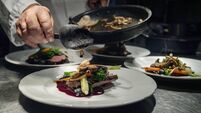A mirror of Ireland’s taste
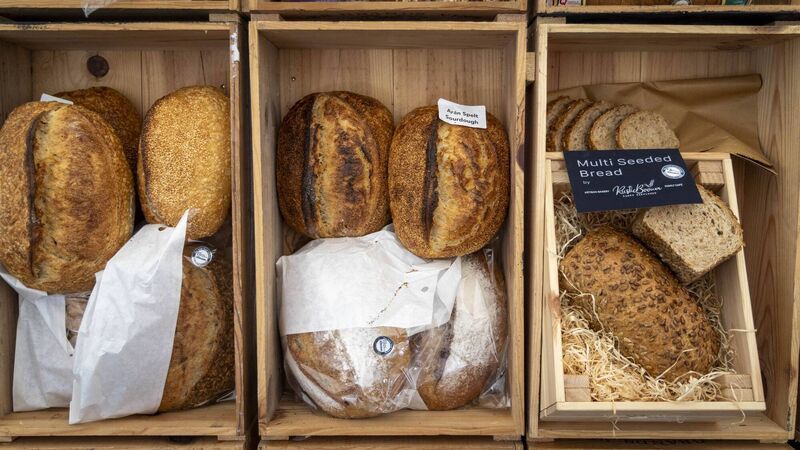
Once an exotic rarity, sourdough bread is now ubiquitous in brunch cafes and on kitchen tables across the land.
Ireland eats differently now. The country’s palate has broadened, matured and toughened up. While using words like palate or bouquet can still ellicit a ‘notions’ eye roll, the changing Irish table is impossible to miss. Each October in Dingle, Blas na hÉireann turns that shift into data.
In 2016, Suzanne Campbell summarised the previous decade’s changes succinctly for The Irish Times stating, “more chicken, fewer spuds”. These days the changes come at us at an accelerated rate. The country that once thought “spicy” meant another pinch of ground pepper now slips gochujang into Tuesday-night mince. Kimchi sits in SuperValu. Bakewells are back from the dead. Sourdough is so normalised we almost expect 72-hour proofing.
Every year Blas na hÉireann sees this slow metamorphosis through anonymous trays of food ferried across folding tables in borrowed halls from Tallaght to Cork. Come October Dingle swells with the arrival of the epicurean vanguard.
Producers with insulated boxes and nerves, farmers, volunteers in hi-vis vests, cookbook publishers, authors, judges, journalists, PR girlies with perfect nails. And for the deserving, medals come out of the woodwork. There are no ring lights here, no theatre, only the slow labour of awarding excellence with vigour and stickers. If Ireland’s changing tastes have a ledger, this is where the entries are written.
Since the first awards in 2008 attracted around 400 product entries, recent years have seen that number rise to over 3,000 entries. Now on the cusp of maturity (the 2025 edition marks the 18th year), Blas na hÉireann has grown into Ireland’s biggest competition open to producers from all 32 counties on the island of Ireland.
That rate of expansion reflects the accelerated changing tastes of the Irish people. Blas don’t add new categories willy nilly. Something really has to have landed le neart (with strength) before Blas na hÉireann will take it on.
“We see the trickles first,” Fallon Moore, daughter of founder Artie Clifford, tells me. “One or two entries, then more the next year. If the quality is there too, that’s when we’ll open a category. It has to be fair, and it has to reflect something real.”
That bureaucratic moment is also a cultural one. It is how you watch Irish tastes move from outlier to ordinary, and how you learn what actually makes it into our kitchens.
Fermentation is the latest arrival. Sauerkrauts and kefirs that originally lived only in health-food corners have been creeping into pantries from Ballina to Ballybofey for years now. A decade ago, kombucha was shorthand for eccentricity. Today there are so many Irish versions that Blas introduced a dedicated fermented drinks category in 2022. Now, it has been split into two categories.
“That tells us people want those flavours at home, not just when they’re out,” Moore says.
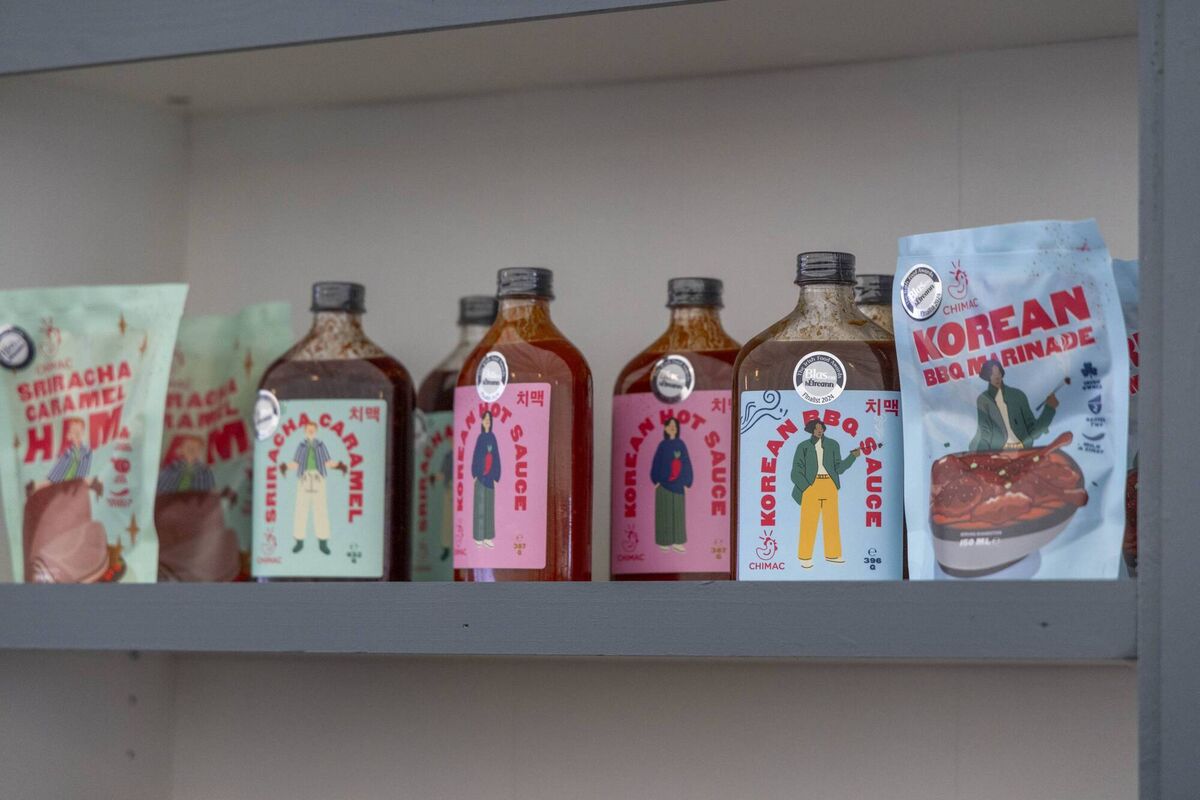
The winners that first year included All About Kombucha from Galway, which started with a pair of lads brewing in a shed, and is now stocked nationwide. Heat has taken the same path. Hot sauces got their own category in 2021 after splitting off from the savoury sauces, condiments and pantry category. Moore laughs when I ask if Irish judges are really warming to that spice.
“Tolerance for heat has definitely increased,” she says. “Not just in hot sauces, but in ready meals, soups, salts, seasonings. Judges are recognising it. People want that complexity now.” In 2022, Mic’s Chilli took home three awards including gold for a hot barbecue sauce so searing it once seemed destined only for masochists. Now chilli crops up everywhere, in soups, crisps, even jams.
Not all change looks outward. Nostalgia is back, especially in sweets. Everything old is new again. “Bakewells, biscuits, cakes people grew up with. We’ve seen a lot of those,” Moore says. “But the difference is the skill.”
The bakewell of memory is still there, but it’s supported by technique that would have felt extravagant 30 years ago. The pastry is better, the jam sharper, the cream cleaner. “It’s nostalgia, but with craft,” says Moore.
If there’s a gladiatorial arena at Blas, it’s dairy. “Those categories are so tough,” Moore admits. “The quality is just there.”
Since the early years of the awards where farmhouse stalwarts like Gubbeen and Durrus dominated, the competition has only sharpened. The first wave of farmhouse cheese makers didn’t crest and retreat. They built a platform.
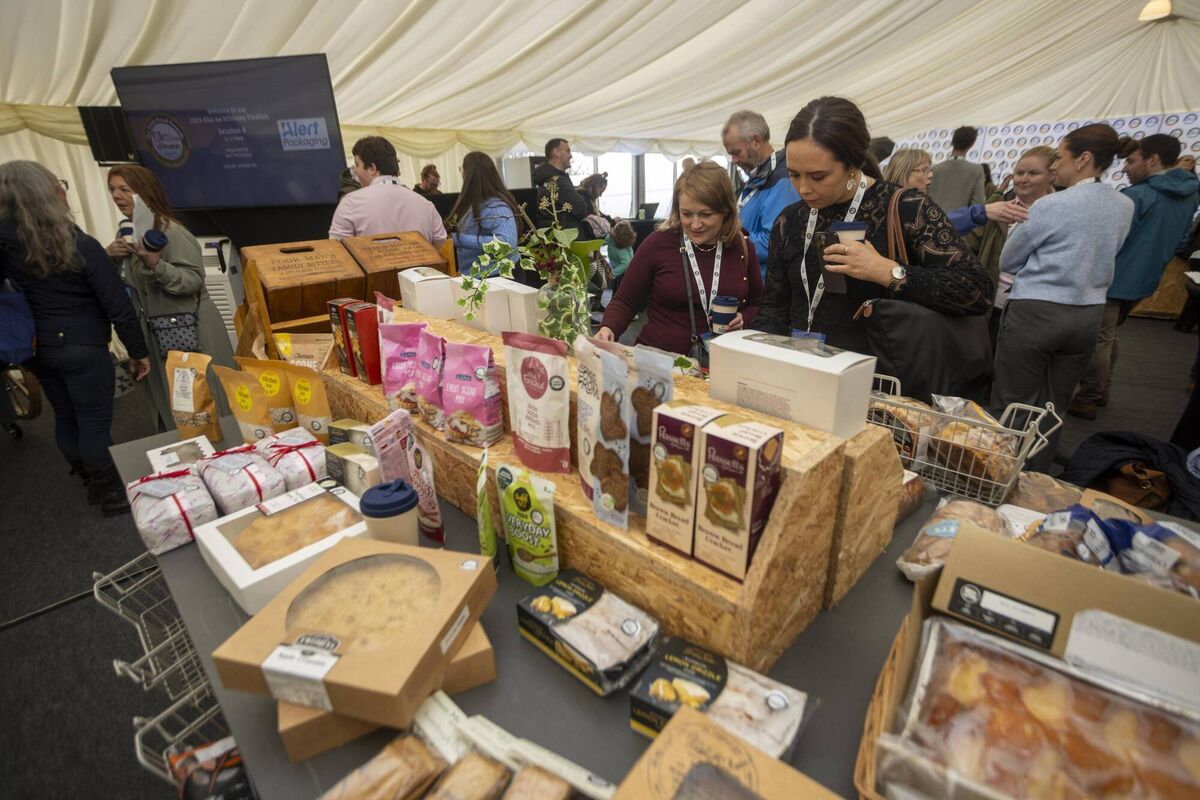
Now, a “whole new burst,” as Moore puts it, is placing wheels and wedges beside the stalwarts. “They’re incredibly supportive of each other. They know they’re stronger as a group. But when it comes to judging, they sit beside the best, and they hold their own.” The results are cheeses with swagger: raw-milk wheels that taste of pure Cork pasture, washed rinds with Alpine bite, cheddars that manage to be sharply familiar.
Every so often, a product tips the culture. In 1999, Declan Ryan, Ireland’s first Michelin-starred chef, abandoned haute cuisine for sourdough at Arbutus. His loaves filtered into restaurants and inspired many bakers all across the island of Ireland until suddenly sourdough wasn’t exotic, it was the baseline.
In 2008, the Blazing Salads Bread Co. won silver in breads for its organic rosemary and olive oil sourdough, a bread that felt like an outlier. In 2020 Bretzel Bakery’s pain de maison sourdough boule took home gold. Today high-end sourdough is par for the course in every cafe across the breadth of the country. Moore suspects charcuterie is at the same tipping point now.
Charcuterie is young on our green pastures. While ancient Irish people dry aged, salt cured, and smoked their meats to preserve them, that practice got lost in the melee of modernity. But in the hands of young producers today the momentum is obvious.
“Northern Ireland in particular has some really exciting producers,” Moore says. “Given our tradition of farming and butchery, it feels like the natural next step.”
Broughgammon Farm’s salami was endorsed by Blas in 2020. In 2018, Corndale Farm won gold for their venison salami and in 2021 took bronze for their garlic and black pepper salami, signalling that Ireland might finally be ready to embrace Irish cured meat as part of the pantry. Moore also points to Lúnasa Farm in Quin, Co Clare, who took home gold for their sausages in 2023 and 2024, and for their pork meatballs in 2025. Lúnasa partners (in work and life) Cass and Nick McCarthy raise their own animals, butcher them, and sell directly. One day a week fresh, the rest frozen for delivery.
“They’ve taken control of the whole chain,” Moore says. Other producers are also turning back to traditional inspirations. Crawford’s Rock Seaweed Company bottles Carrageen Moss. This is the kind of thing once boiled by mothers as a cure for sick children. It has now been modernised as sleek seaweed seasonings and tonics. Wild Irish Foragers of Offaly won best new product in 2016 with a dandelion preserve they endearingly refer to as “poor man’s honey”.
In making it they resurrected an old family recipe. “Producers are looking in all directions,” Moore explains. “Backwards into history, and outwards into the flavours that new cultures bring. The palate is just broader now.”
Nostalgia and migration, remixing in jars. And on the internet. Not everything survives. Moore remembers the pulled pork flood. “There were a couple of years where it was everywhere,” she says.
In 2014, pulled pork rolls dominated menus in gastro pubs and even cropped up in petrol stations. By 2017, only a handful of careful producers were still in the game. “That’s what happens. A trend balloons, then it finds its level.” Blas offers a way of distinguishing between noise and signal. When the hype evaporates, the medals remain on the products that were always worth eating.
Seafood remains the stubborn gap. “The innovation is there, the producers are there,” Moore says. “But it hasn’t become a weekly habit for enough people.” She sounds exasperated. “We are spoiled for fish. It should be in baskets more often.”
The medals prove the quality: Burren Smokehouse’s salmon, a regular winner since 2009 and Goatsbridge smoked trout pate, which took gold in 2015 are two delicious examples worth checking out. Goatsbridge have also been recognised for their chowder and smoked trout.
With the blind tasting scoring system, by the time producers gather in Dingle under the October drizzle, the real decisions have already been made in anonymous halls under fluorescent light.
Moore is emphatic: “The scoring is completely out of our hands. It comes down to the numbers. We’re there to support producers, to connect them, but once the food is in front of the judges, it’s up to them.” That is why the medals matter. A sticker on a jar or a pie is the residue of a whole year’s worth of work by both the producers and the event organisers.
Those medals change lives. They shift biscuits from bottom shelf to eye level, turn pies into supermarket contracts, and give young cheesemakers the confidence to call a wholesaler. Yes, they externally validate, but they also sustain.
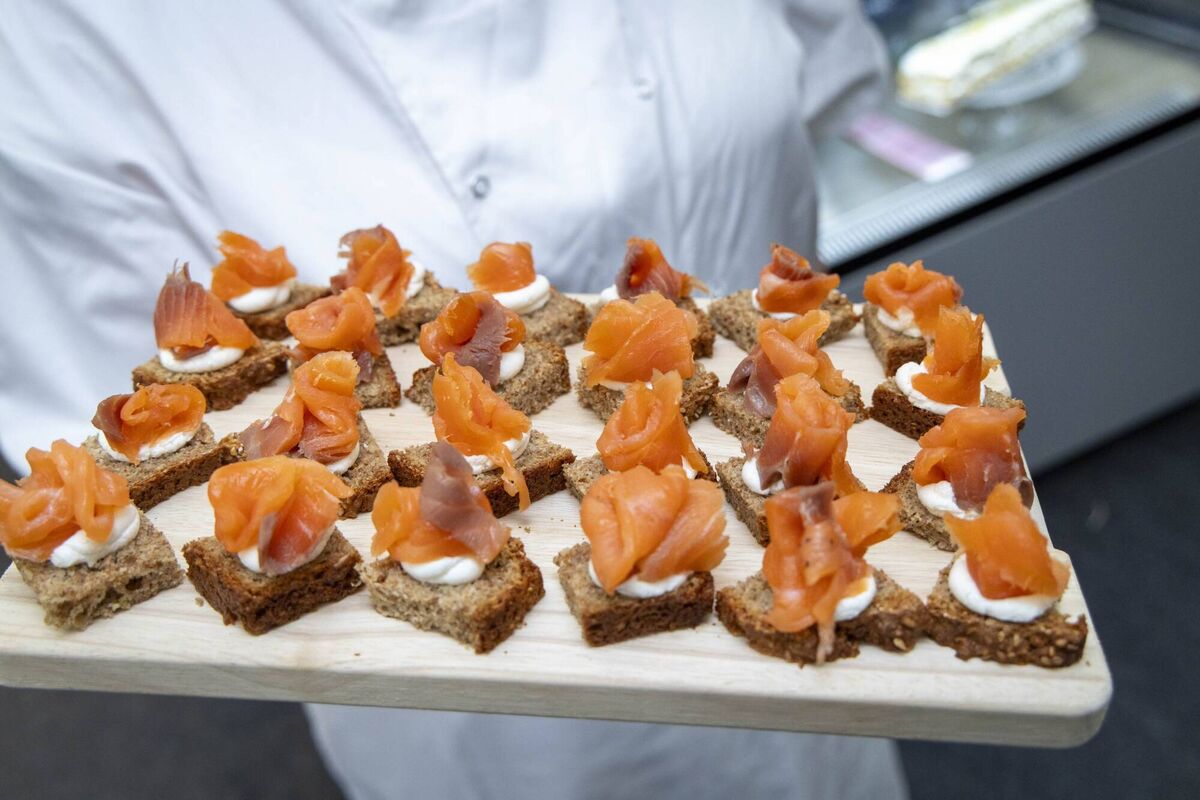
The deeper change, though, is in us. Irish consumers are no longer meek eaters, even if stereotypes endure online. These days we expect flavour, a balance between tradition and innovation, honesty and transparency. Moore sees it in the judging, but you can hear it in the aisles. Despite the ever-increasing cost of living Zoomers raised on the Food Dudes programme are now adults who won’t settle for less. Millennials check the country of origin and increasingly opt for the Irish product. Parents compare granolas. Grandparents have embraced salted caramel. It isn’t elitism. It’s confidence and discernment taking root.
That is Blas’s achievement: it has helped chart a country’s taste evolution. Each year they map the excellence of Irish produce and are the barometer for what Ireland now calls normal. When the stickers leave Dingle and scatter themselves across the supermarket aisles of Ireland, they will tell us where Ireland is at this particular moment in time.
Blas na hÉireann is a mirror that shows us our country. An Ireland still in love with bread and butter but has embraced Chimac’s sriracha caramel wholeheartedly along with Burren Smokehouse salmon, Bean and Goose chocolate, Wild Irish Foragers’ dandelion honey, Goatsbridge trout and many more. Names that were once obscure, now staples. A national pantry, built year by year in anonymous halls, reflected back at us with every medal.
Spoon by spoon, Blas na hÉireann shows us what we crave, what we remember, and what we are ready to try next. And in doing so, it shows us what Ireland has already become. If Ireland has shifted this much since 2007, what will the trays of 2040 reveal about who we are? Keep an eye on Blas na hÉireann to find out.


